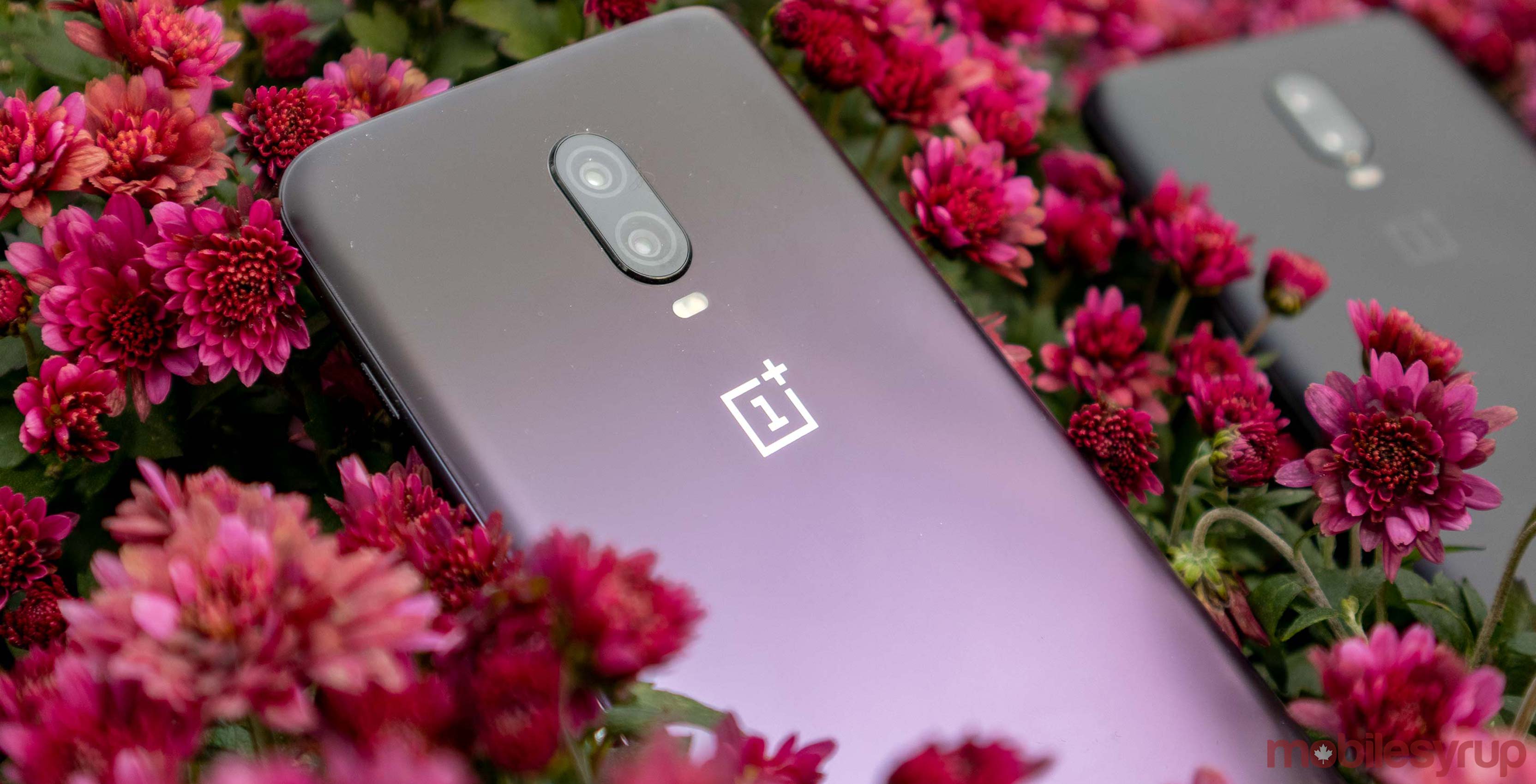
If you’ve ever wondered about the levels of radiation coming off your smartphone, you’re probably not alone. While there’s not much in the way of studies showing worrying negative impacts on the brain or human health, it is something to be aware of.
Thankfully, some people do keep an eye on this type of thing, like the ‘Bundesamt für Strahlenschutz’ (BfS), or the Federal Office for Radiation Protection in Germany. They’ve been keeping a record of how much radiation phones give off since 2002.
BfS measures this amount in the Specific Absorption Rate (SAR), a measurement of energy intake from devices like phones. SAR measurements are based on the number of watts per kilogram (W/kg) absorbed from high-frequency electromagnetic fields.
In Germany, the BfS has a SAR upper limit of 1.6W/kg, while just about everywhere else limits SAR to 2.0W/kg.
You can check out the BfS list online for yourself. Unfortunately, there doesn’t appear to be a way to sort the list based on highest to lowest SAR. However, you can filter results to specific SAR values and manufacturers, and even search for your phone to see it’s SAR value.
Thankfully, BfS allows users to download the data as a CSV file, which you can import into Microsoft Excel — or a similar program — to manipulate. From there, it’s easy to sort the data based on the SAR rating.
That makes it easy to see the 15 phones that emit the most radiation, according to BfS testing. It’s worth noting that the BfS measures radiation both during a phone call when the device is held to the ear, and when you’re wearing the device on your body. For this article, we’re going by the SAR value at the ear.
Top 15 radiation emitting phones
- LG 510W – 1.94 SAR
- LG G512 – 1.94 SAR
- BlackBerry Bold 9790 – 1.86 SAR
- Allview P7 Pro – 1.82 SAR
- Doro HandlePlus 3240 – 1.8 SAR
- Sony T 650i – 1.8 SAR
- Xiaomi Mi A1 and MI A1 LTE Dual SIM – 1.75 SAR
- BlackBerry Pearl 9105 – 1.74 SAR
- Emporia Care Plus – 1.73 SAR
- Huawei P8 – 1.72 SAR
- O2 XDA Orbit 2 – 1.72 SAR
- Toshiba G450 – 1.71 SAR
- BlackBerry Z10 – 1.69 SAR
- Sony K770i – 1.69 SAR
- OnePlus 5T – 1.68 SAR
It’s worth noting that most of the phones in the Top 15 are feature phones, not smartphones. Further, many of the phones are quite old. It’s also worth noting that Xiaomi’s Mi A1 had two listings, one for the regular variant and another for the dual SIM LTE version. Both were rated at 1.75 SAR, so I condensed them into one listing. There was also a listing for a ‘Starise Mobile iBaby A88’ device that I omitted from the list, which appears to be a phone for kids. I found an Amazon listing for it, but it’s not available for purchase.
What about phones people actually use, like the iPhone?
Those are still on the list, just much further down. Apple’s highest ranked device was the iPhone 7 with a SAR rating of 1.38 at a rank of 101. Google’s Pixel 3 XL ranks a bit higher at 1.39 SAR. Samsung’s highest ranked phone is the Galaxy S5 mini at 0.97 SAR, putting it at 562.
Apple’s newest devices, the XR, XS and XS Max all had 0.99 SAR, putting them in the 500 range, while the Galaxy S9 and S9+ had a SAR of 0.37, in the 2,000 range.
That puts those devices well below Germany’s SAR limit of 1.6 and the world’s limit of 2.0.
As for health risks posed by these devices, well, there’s still some testing to be done. That doesn’t mean you should panic, or stop using your phone. According to the U.S. Food and Drug Administration (FDA), there’s not enough evidence to link adverse health effects to cell phones. However, the FDA also says additional research is warranted to address gaps in knowledge, like the long-term effects of cell phone usage.
MobileSyrup may earn a commission from purchases made via our links, which helps fund the journalism we provide free on our website. These links do not influence our editorial content. Support us here.


